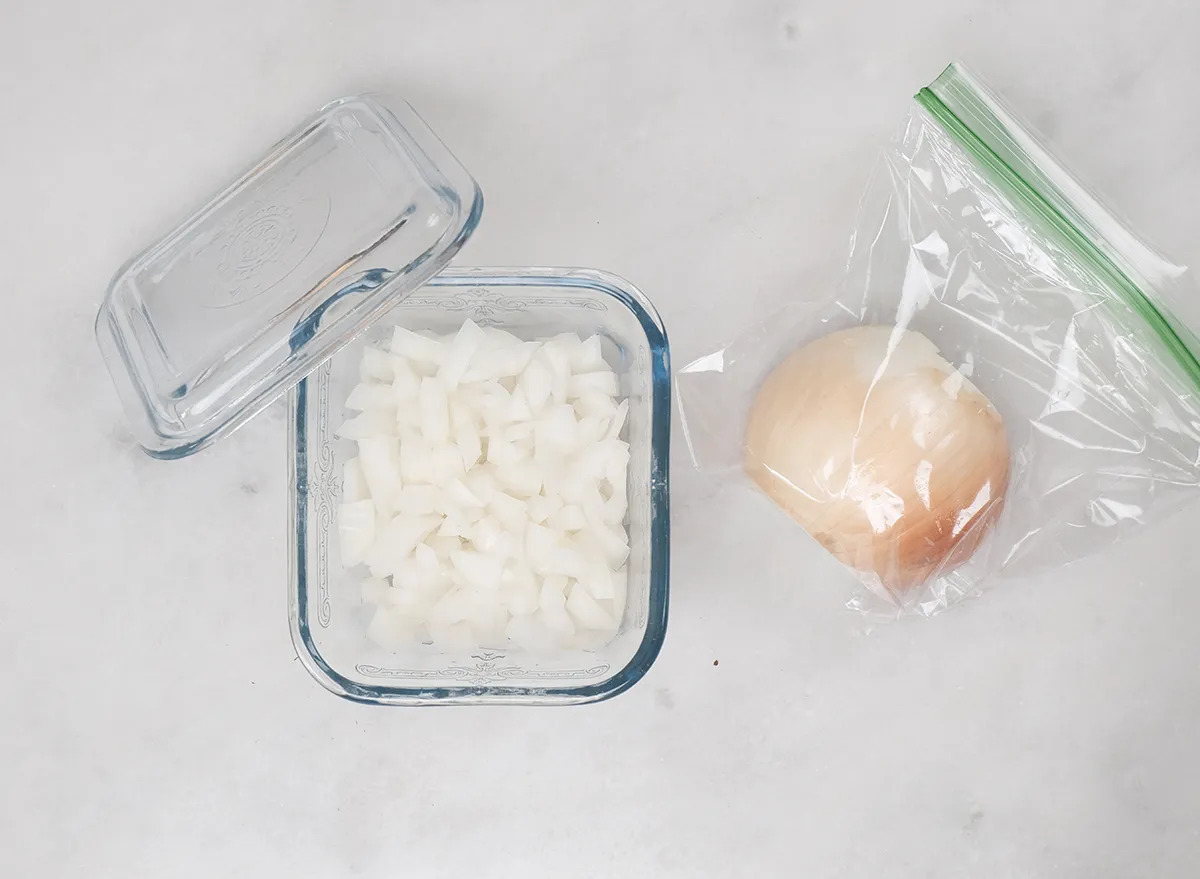

Articles
How To Store An Onion After Cutting
Modified: February 23, 2024
Learn how to properly store a cut onion to keep it fresh and prevent odors with our informative articles on onion storage techniques.
(Many of the links in this article redirect to a specific reviewed product. Your purchase of these products through affiliate links helps to generate commission for Storables.com, at no extra cost. Learn more)
Introduction
Welcome to our comprehensive guide on how to store an onion after cutting. Onions are a versatile and delicious ingredient that adds flavor to countless dishes. However, it’s not always necessary to use an entire onion in one go. Whether you have leftover onion slices or chopped onion, properly storing them is crucial to maintain their freshness and prevent waste.
When an onion is cut, its cells are damaged, and enzymes are released, causing it to react with the air. This reaction can lead to the onion turning mushy, losing its flavor, and emitting a strong odor. To avoid these unpleasant outcomes, it’s essential to store the onion properly after cutting to preserve its quality and taste.
In this article, we will explore various methods for storing an onion after cutting, as well as some useful tips to ensure maximum freshness and longevity. By following these guidelines, you can effectively save your leftover onions and enjoy their flavorful addition to your future culinary creations. Let’s delve into the different methods and techniques for storing onions after cutting.
Key Takeaways:
- Properly storing cut onions in the refrigerator using methods like plastic wrap, airtight containers, or specialized onion storage containers preserves their freshness, flavor, and quality, reducing waste and enhancing kitchen convenience.
- Labeling and dating storage containers, using moisture-absorbing materials, and storing different types of onions separately are essential tips for maximizing the shelf life of cut onions, ensuring they remain fresh, flavorful, and ready to use for various culinary creations.
Read more: How To Store Red Onion After Cutting
Why is it important to store an onion after cutting?
Storing an onion properly after cutting is crucial for several reasons. Firstly, it helps to preserve the freshness and flavor of the onion. When an onion is exposed to air after being cut, it undergoes a chemical reaction that causes it to deteriorate. This reaction not only affects the texture and taste of the onion but also results in the loss of its nutritional value.
Proper storage also prevents the onion from emitting a strong odor. Onions contain sulfur compounds that are released when they are cut. These compounds can create a pungent smell that can permeate other foods in your fridge or pantry. By storing the onion correctly, you can minimize or eliminate the odor, ensuring that it doesn’t affect the flavors of other ingredients.
Furthermore, storing an onion after cutting helps to reduce food waste. Instead of throwing away unused portions of the onion, proper storage allows you to save them for future use. This not only saves you money but also encourages sustainability in the kitchen by minimizing food wastage.
Lastly, properly stored onions are more convenient to use. When you need to add onions to a dish, having pre-cut or pre-sliced onions readily available can save you time and effort. By storing them properly, you can have a supply of onions that are ready to use whenever you need them, making your cooking process more efficient.
Overall, storing an onion after cutting is important to maintain its freshness, prevent odor, reduce food waste, and improve convenience in the kitchen. Now that we understand the importance, let’s explore different methods and techniques for storing an onion after cutting.
Methods for storing an onion after cutting
There are several effective methods for storing an onion after cutting, each with its advantages and considerations. Let’s explore a few popular methods:
Method 1: Wrap the onion in plastic wrap
One simple and accessible method is to wrap the cut onion tightly in plastic wrap. Start by placing the onion on a piece of plastic wrap and fold the wrap over the onion. Make sure to cover the entire onion, leaving no openings for air to enter. This method helps to minimize air exposure, preserving the onion’s freshness and preventing odor.
Method 2: Store the onion in an airtight container
Using an airtight container is another effective way to store a cut onion. Transfer the onion slices or chopped onion into a clean and dry container. Ensure that the container has a tight-fitting lid to prevent air from entering. This method helps to maintain the onion’s moisture and protect it from absorbing odors from other foods in the refrigerator.
Read more: How To Store Red Onions After Cutting
Method 3: Use a resealable plastic bag for storing the onion
If you don’t have plastic wrap or a suitable container, using a resealable plastic bag can be a convenient alternative. Place the cut onion inside the bag and seal it tightly, removing as much air as possible. This method creates a sealed environment, preventing moisture loss and preserving the onion’s quality.
Method 4: Utilize an onion storage container
If you frequently use onions and want a dedicated storage solution, consider investing in an onion storage container. These containers are specifically designed to keep onions fresh and protected. They usually have breathable lids or mesh compartments that allow for proper air circulation, preventing moisture build-up and extending the onion’s shelf life.
It’s important to note that regardless of the method you choose, it’s essential to store the onion in the refrigerator. The cool temperature of the refrigerator helps to slow down the enzyme activity and maintain the onion’s quality for a longer period.
Now that you know the methods for storing an onion after cutting, let’s explore some tips to ensure the best results.
Method 1: Wrap the onion in plastic wrap
Wrapping the cut onion tightly in plastic wrap is a simple and effective method for storing it after cutting. Here’s how you can do it:
- Start by selecting a piece of plastic wrap that is large enough to completely cover the cut onion.
- Place the cut side of the onion facing down on the plastic wrap.
- Wrap the plastic wrap around the onion, ensuring that it is completely sealed. Make sure there are no openings or gaps for air to enter.
- You can wrap the onion with multiple layers of plastic wrap for added protection, especially if you have a large onion.
- Once the onion is tightly wrapped, you can store it in the refrigerator.
This method works by creating a barrier between the cut onion and the air. By minimizing air exposure, the onion remains fresh for a longer time, and the risk of odor spreading is reduced. Additionally, the plastic wrap helps to retain the onion’s moisture, preventing it from drying out.
When you need to use the onion again, simply unwrap the plastic wrap and carefully remove the desired amount of onion. After using the onion, make sure to re-wrap the remaining portion tightly and return it to the refrigerator.
It’s important to note that the plastic wrap should be food-grade and suitable for refrigeration. Avoid using plastic wrap that is not specifically designed for food storage, as it may not provide adequate protection.
This method is particularly useful for storing smaller portions of onions, such as onion slices or half-cut onions. It allows you to conveniently preserve the remaining onion without the need for specialized containers or bags.
Now that you know how to wrap the onion in plastic wrap, let’s explore another method for storing an onion after cutting.
Method 2: Store the onion in an airtight container
Storing a cut onion in an airtight container is an excellent way to maintain its freshness and protect it from external odors. Here’s how you can store the onion in an airtight container:
- Choose a clean and dry airtight container that is suitable for food storage. Glass or plastic containers with tight-fitting lids work well for this purpose.
- Transfer the cut onion slices or chopped onion into the container, ensuring that it is filled without overcrowding.
- Seal the container tightly to create an airtight environment. Ensure that the lid is securely closed, leaving no gaps for air to enter.
- Label the container with the date to keep track of its freshness.
- Place the container in the refrigerator for optimal storage.
Storing the onion in an airtight container helps to maintain its moisture and prevents it from drying out. The sealed environment also protects the onion from absorbing odors from other foods in the refrigerator, ensuring that it retains its own distinct flavor.
When you need to use the onion, simply open the container, take out the desired amount, and then promptly close the lid to keep the rest protected. By minimizing the onion’s exposure to air, you can prolong its freshness and preserve its quality for an extended period.
It’s important to note that you should choose an appropriately sized container for the amount of cut onion you have. Leaving too much empty space in the container can lead to excess air circulation and potentially accelerate the deterioration of the onion.
Additionally, make sure to keep the airtight container clean and dry. Moisture inside the container can promote mold or bacterial growth, which can spoil the onion. Regularly check the container for any signs of moisture or spoilage, and if necessary, clean and dry it thoroughly before storing the onion.
Now that you know how to store an onion in an airtight container, let’s explore another method for preserving a cut onion.
Read more: How To Store Cut Onions
Method 3: Use a resealable plastic bag for storing the onion
Using a resealable plastic bag is a convenient and effective method for storing a cut onion. Here’s how you can store an onion in a resealable plastic bag:
- Select a clean and dry resealable plastic bag that is large enough to accommodate the cut onion.
- Place the onion slices or chopped onion into the bag.
- Seal the bag tightly, removing as much air as possible before closing it.
- If you have multiple onions or different ingredients in the same bag, consider separating them using individual compartments or smaller bags to avoid cross-contamination.
- Label the bag with the date to track the onion’s freshness.
- Store the bagged onion in the refrigerator for optimal storage.
Storing the onion in a resealable plastic bag provides a sealed environment that helps to maintain its moisture and prevent it from drying out. The bag also acts as a protective barrier, reducing the onion’s exposure to air and minimizing the risk of odor spreading to other foods.
When you need to use the onion, open the bag, retrieve the desired amount, and then promptly seal the bag again to ensure the remaining onion stays fresh. The resealable bag allows for easy access and convenient storage, making it a practical option for preserving leftover onions.
It’s important to ensure that the resealable plastic bag you use is made for food storage and is suitable for refrigeration. Look for bags that are sturdy and have a reliable sealing mechanism to maintain an airtight environment.
Remember to periodically check the bagged onion for any signs of spoilage, such as mold or sliminess. If you notice any deterioration, discard the onion to avoid consuming spoiled food.
Now that you know how to use a resealable plastic bag for storing an onion, let’s explore another method for preserving its freshness after cutting.
Method 4: Utilize an onion storage container
Utilizing an onion storage container is a specialized option that helps to keep cut onions fresh and protected. Here’s how you can use an onion storage container:
- Choose an onion storage container specifically designed for storing onions. These containers are typically made of breathable materials, such as wood or ceramic, and feature mesh compartments or breathable lids.
- Place the cut onion slices or chopped onion into the designated compartment of the storage container. If the container has multiple compartments, you can separate different onions or ingredients to prevent cross-contamination.
- Close the container’s lid or cover it with the breathable lid provided. These breathable lids allow for adequate air circulation while preventing excessive moisture loss.
- Label the container with the date to keep track of the onion’s freshness.
- Store the onion storage container in the refrigerator for optimal storage.
An onion storage container is designed to create a conducive environment for onions, maintaining their freshness and preventing them from drying out. The breathable materials and compartments allow for proper air circulation, which helps to slow down the onion’s deterioration while reducing the risk of odor spreading.
Additionally, an onion storage container helps to protect the onion from potential bruising or crushing that can occur when stored alongside other ingredients. This can be particularly beneficial if you have limited refrigerator space and need to stack or organize your food items carefully.
When you need to use the onion, simply open the container, take out the desired amount, and then securely close the lid to maintain the freshness of the remaining onion. The container provides easy access and keeps the onion conveniently stored until the next use.
Remember to clean the onion storage container regularly to keep it hygienic. Follow the manufacturer’s instructions for cleaning and maintenance to ensure the container remains in optimal condition.
Now that you know how to utilize an onion storage container, let’s move on to some additional tips for storing an onion after cutting.
Store the cut onion in an airtight container or wrap it tightly in plastic wrap. Place it in the refrigerator and use within 2-3 days for best quality.
Tips for storing an onion after cutting
Here are some helpful tips to ensure you store an onion after cutting it properly:
- Use the right storage method: Choose a storage method that suits your needs and available resources. Whether it’s wrapping the onion in plastic wrap, using an airtight container, a resealable plastic bag, or an onion storage container, select the option that works best for you.
- Store in the refrigerator: Always store cut onions in the refrigerator. The cool temperature helps to slow down the enzyme activity that causes the onion to deteriorate. Keep the onion away from other strong-smelling foods to prevent cross-contamination of odors.
- Label and date: It’s essential to label the storage container or bag with the date. This helps you keep track of the onion’s freshness and ensures you use the oldest onions first.
- Use moisture-absorbing materials: To prevent excess moisture and potential spoilage, you can place a small piece of kitchen paper or a paper towel in the storage container. These absorbent materials can help absorb excess moisture and prolong the onion’s shelf life.
- Avoid storing cut onions at room temperature: Onions should be stored in the refrigerator’s controlled environment to maintain their quality and prevent bacterial growth.
- Store onions separately: If you have different types of cut onions, store them separately to maintain their individual flavors. This is especially important if you have red onions, as they may impart their strong flavor and odors onto other types of onions.
- Don’t store onions with certain fruits and vegetables: Onions release ethylene gas, which can accelerate the ripening and spoilage of some fruits and vegetables. Avoid storing onions with potatoes, bananas, and other ethylene-sensitive produce.
- Inspect for spoilage: Regularly check stored cut onions for any signs of spoilage, such as mold, sliminess, or foul odor. Discard any onions that show signs of deterioration to avoid consuming spoiled food.
- Optimize onion usage: To minimize leftovers, try to accurately estimate the amount of onion you need for a recipe. However, if you do have leftover cut onions, make use of them in other dishes as soon as possible to prevent food waste.
By following these tips, you can ensure that your cut onions stay fresh, flavorful, and ready to use for an extended period, reducing waste and maximizing their usability in your culinary endeavors.
Now that you are equipped with the knowledge of storing cut onions, let’s wrap up this guide.
Conclusion
Properly storing an onion after cutting is essential for maintaining its freshness, flavor, and quality. Whether you opt for wrapping the onion in plastic wrap, utilizing an airtight container, using a resealable plastic bag, or utilizing an onion storage container, choosing the right storage method is key.
By storing the cut onion in the refrigerator, you can slow down the deterioration process and prevent the onion from emitting strong odors that may affect other foods. Labeling and dating the storage containers or bags can help you keep track of the onion’s freshness and ensure you use them in a timely manner.
Additional tips, such as using moisture-absorbing materials, storing different types of onions separately, avoiding storage with certain fruits and vegetables, and inspecting for spoilage, can further enhance the longevity of your cut onions.
Remember, proper storage of cut onions not only helps to prevent food waste but also enhances convenience in the kitchen. You’ll always have ready-to-use onions at hand for your recipes, saving you time and effort.
So, the next time you find yourself with leftover cut onions, don’t let them go to waste. Implement these storage methods and tips to ensure your onions stay fresh, flavorful, and ready to enhance the taste of your dishes.
Happy cooking!
Frequently Asked Questions about How To Store An Onion After Cutting
Was this page helpful?
At Storables.com, we guarantee accurate and reliable information. Our content, validated by Expert Board Contributors, is crafted following stringent Editorial Policies. We're committed to providing you with well-researched, expert-backed insights for all your informational needs.
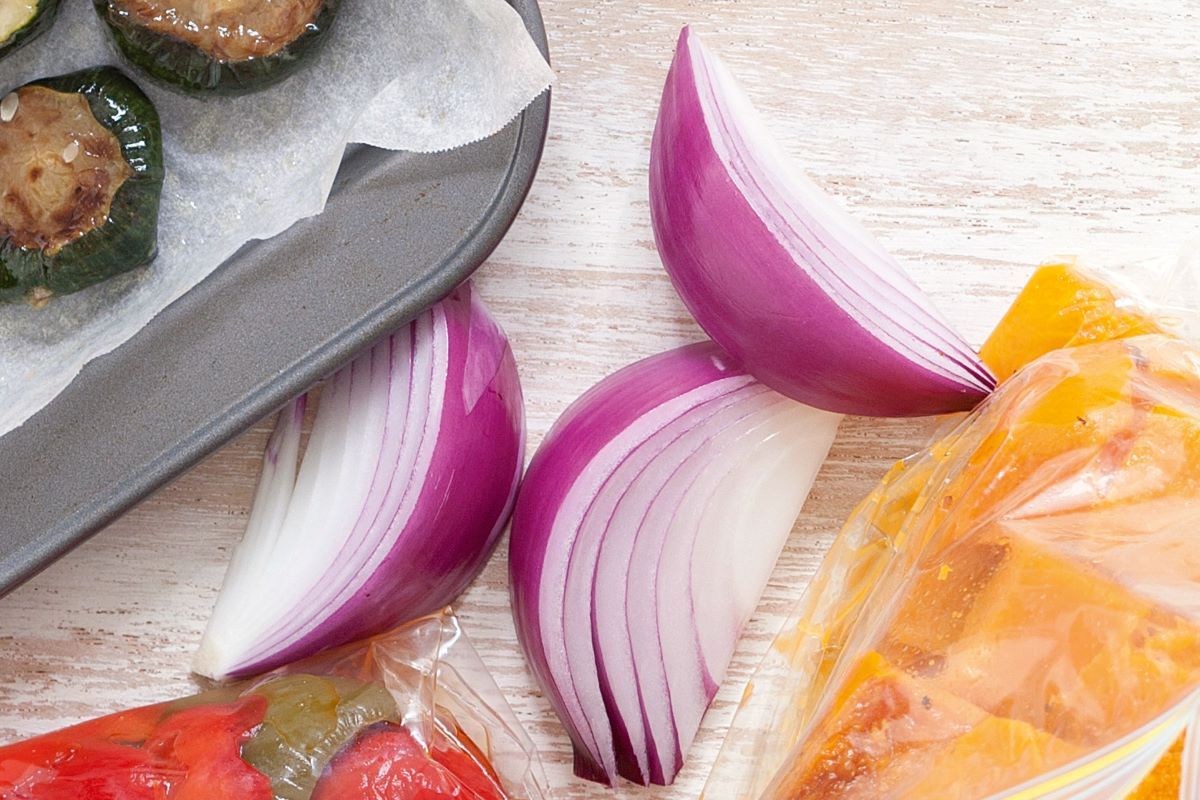
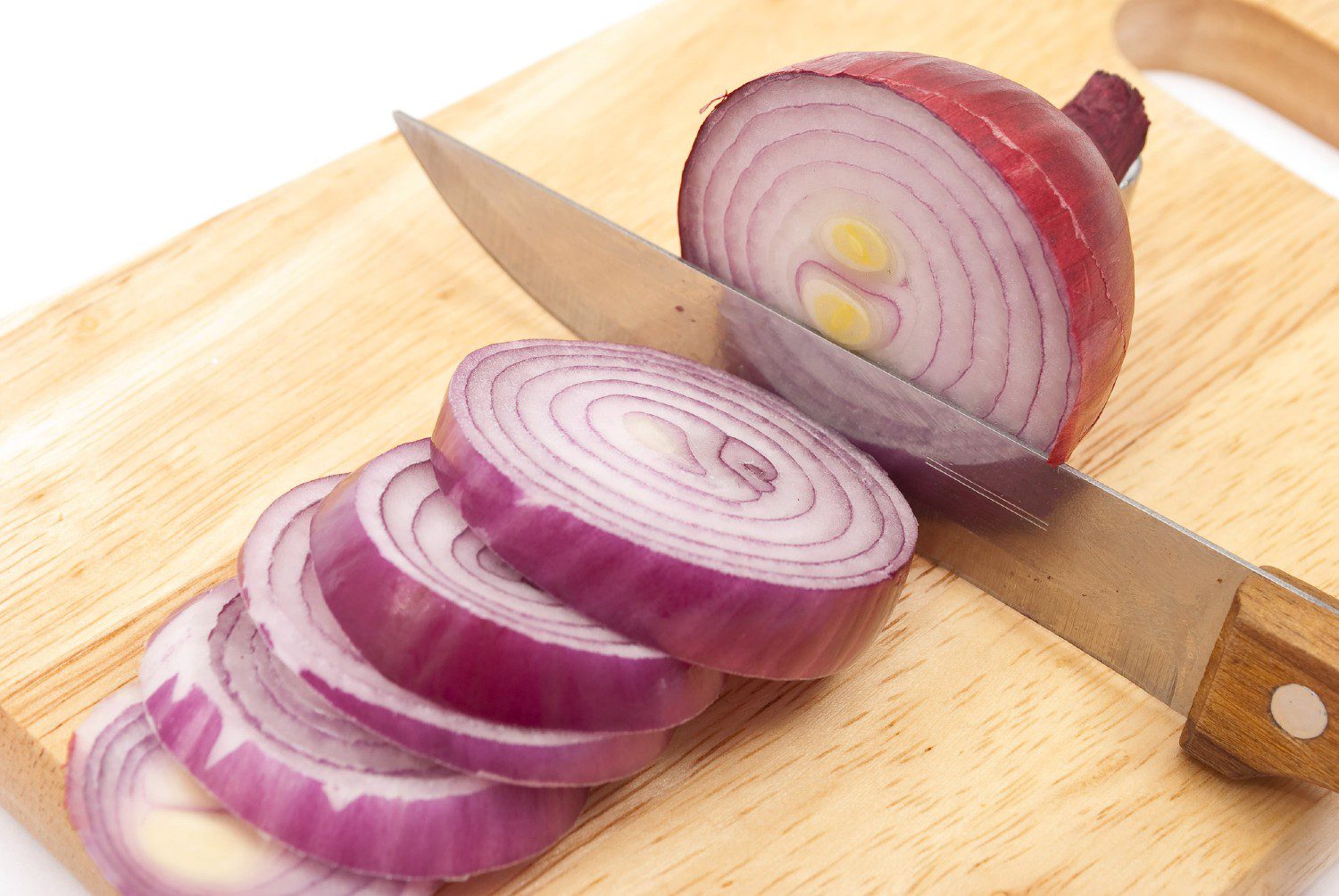
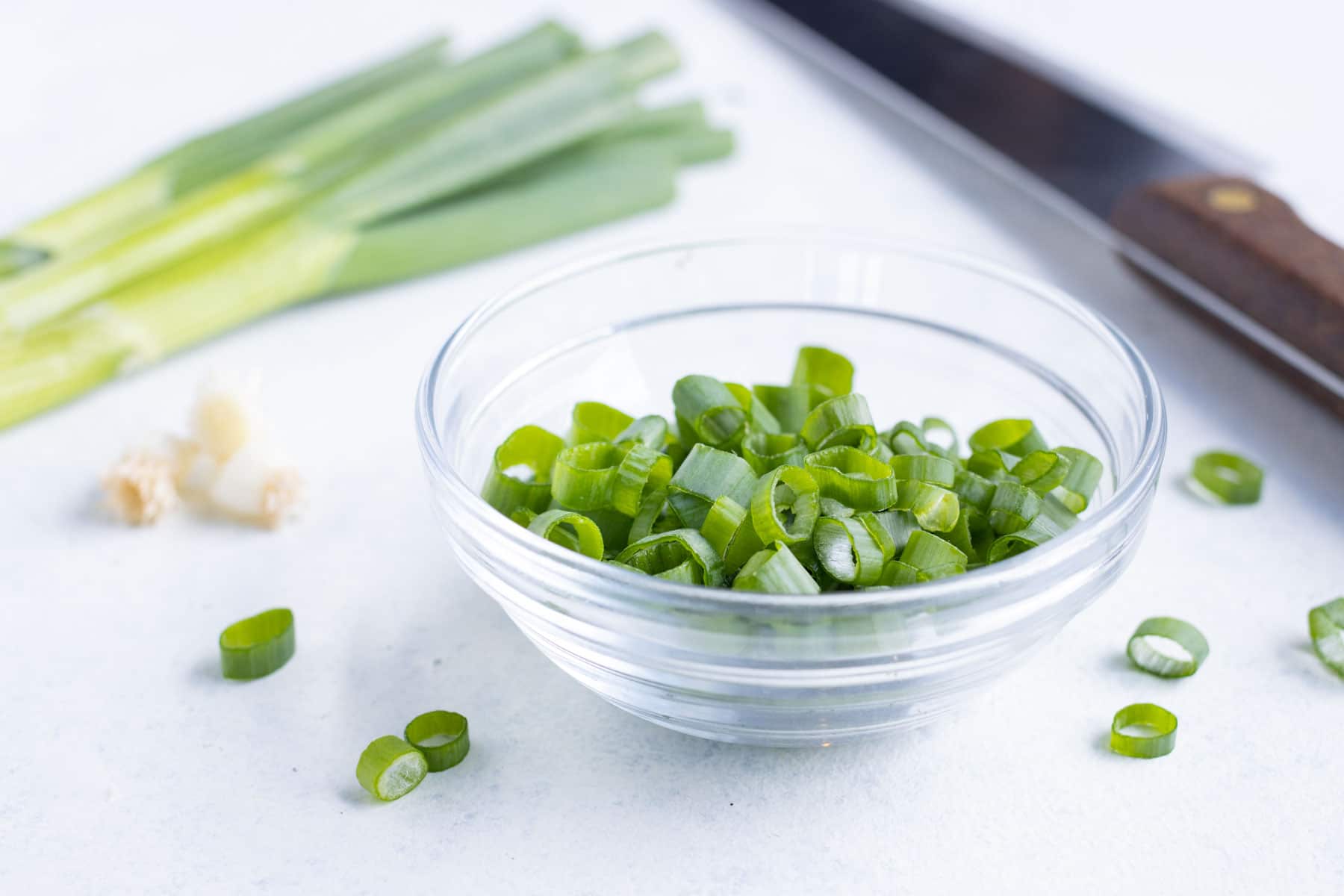
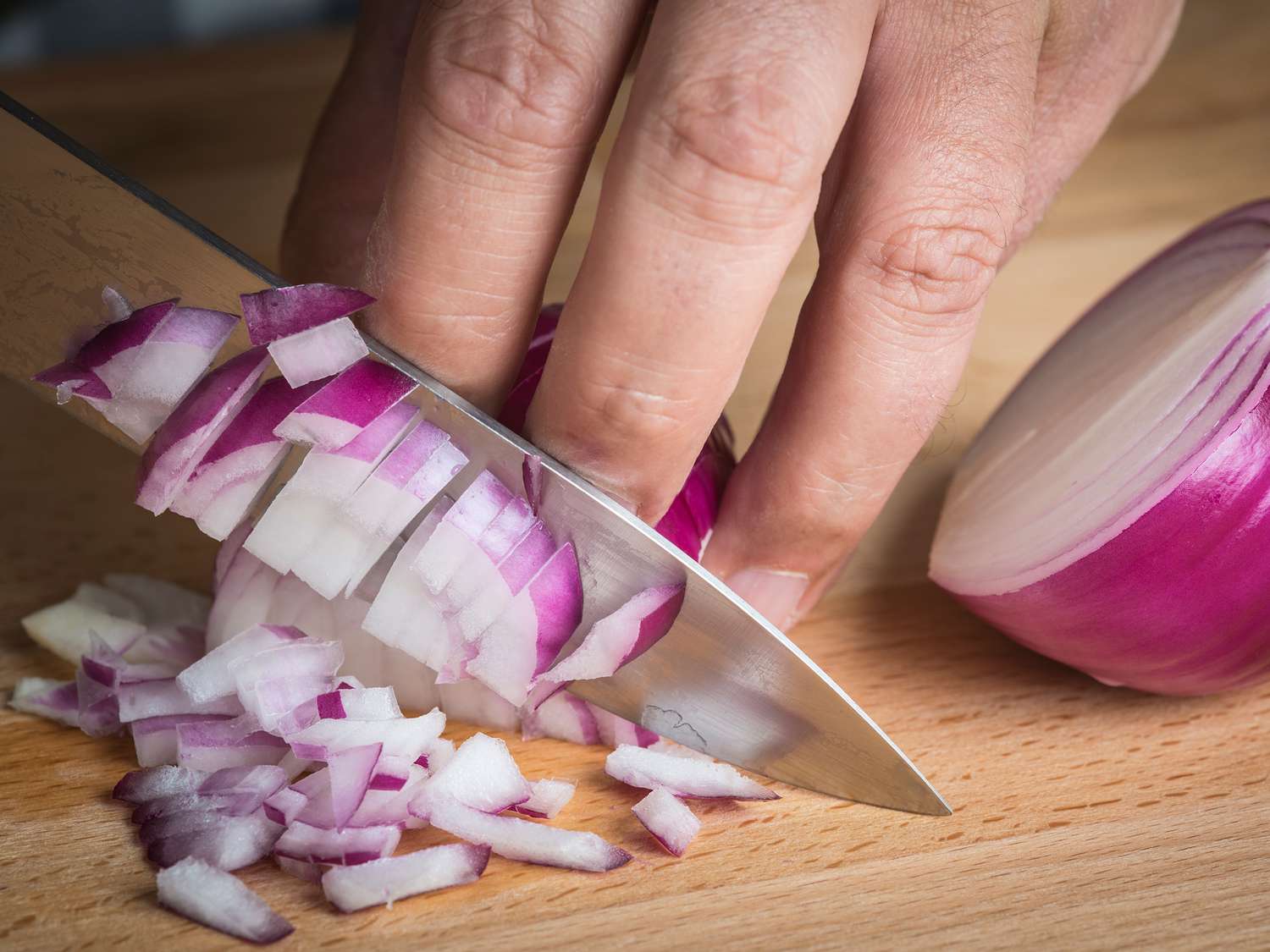
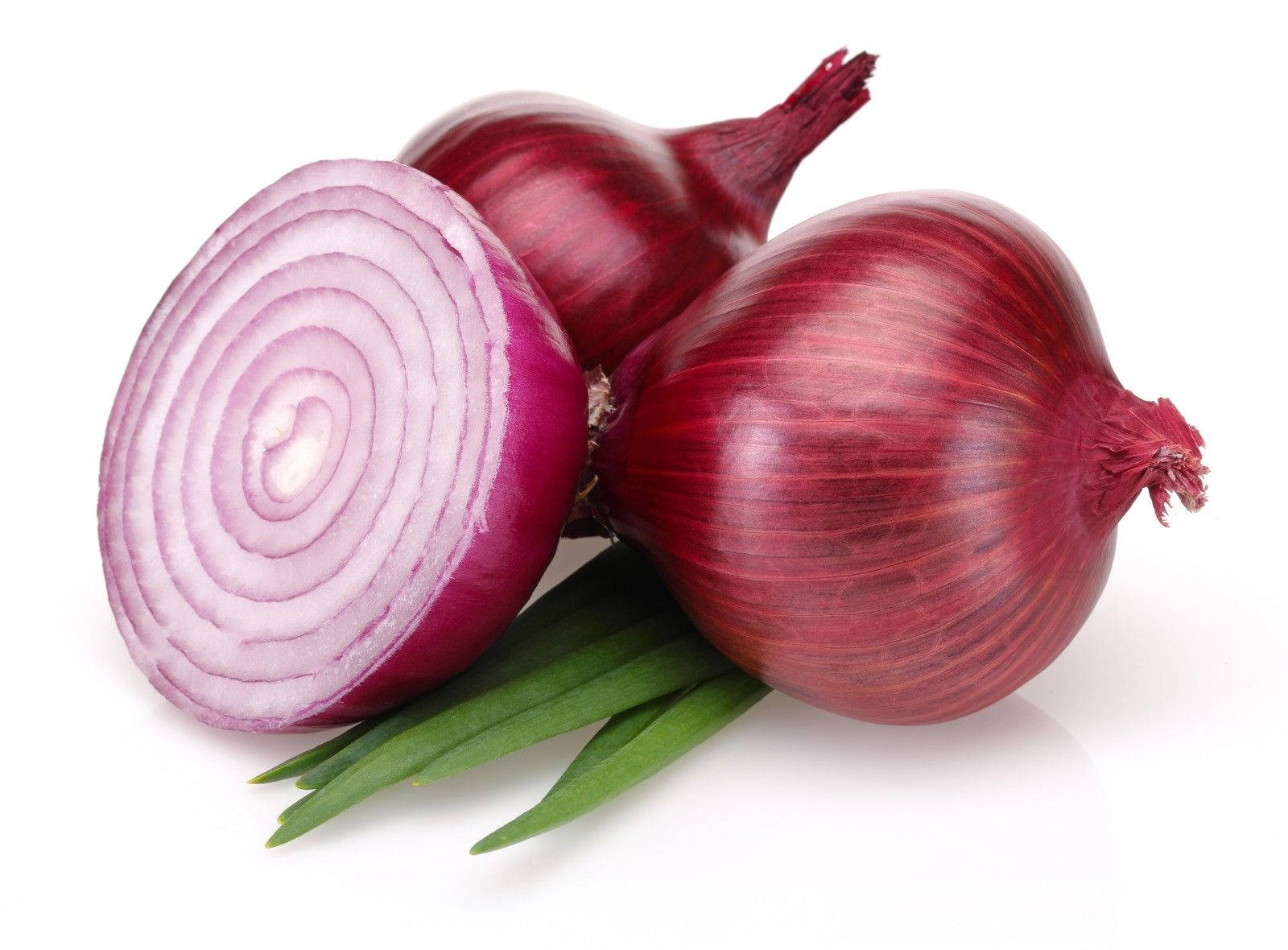
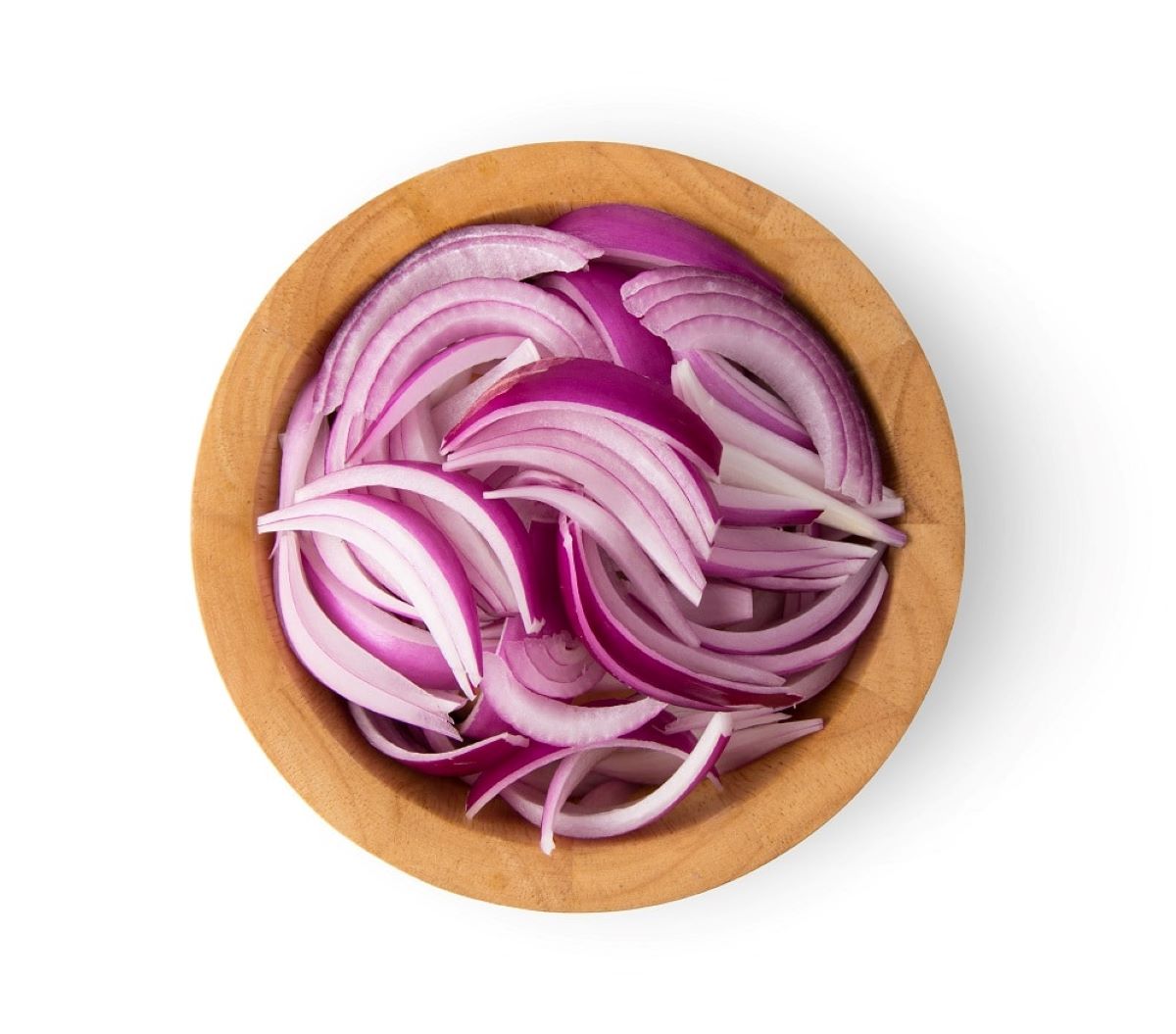
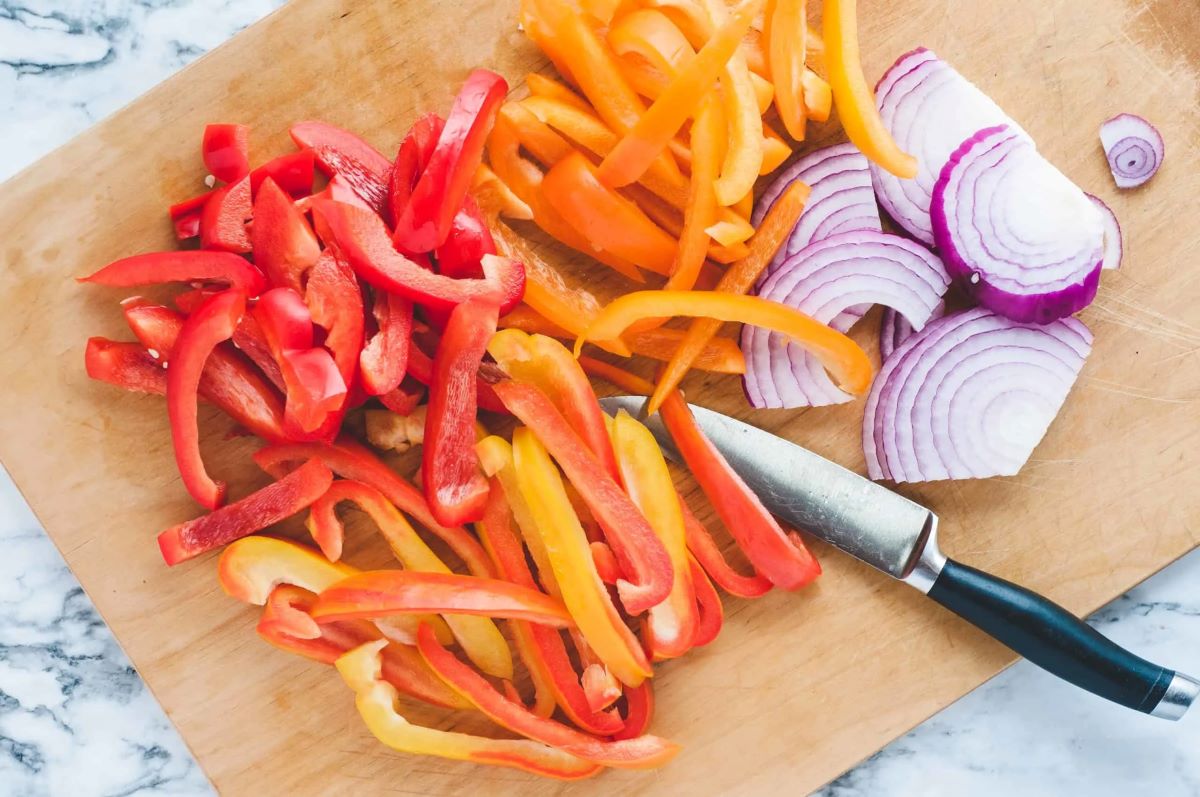
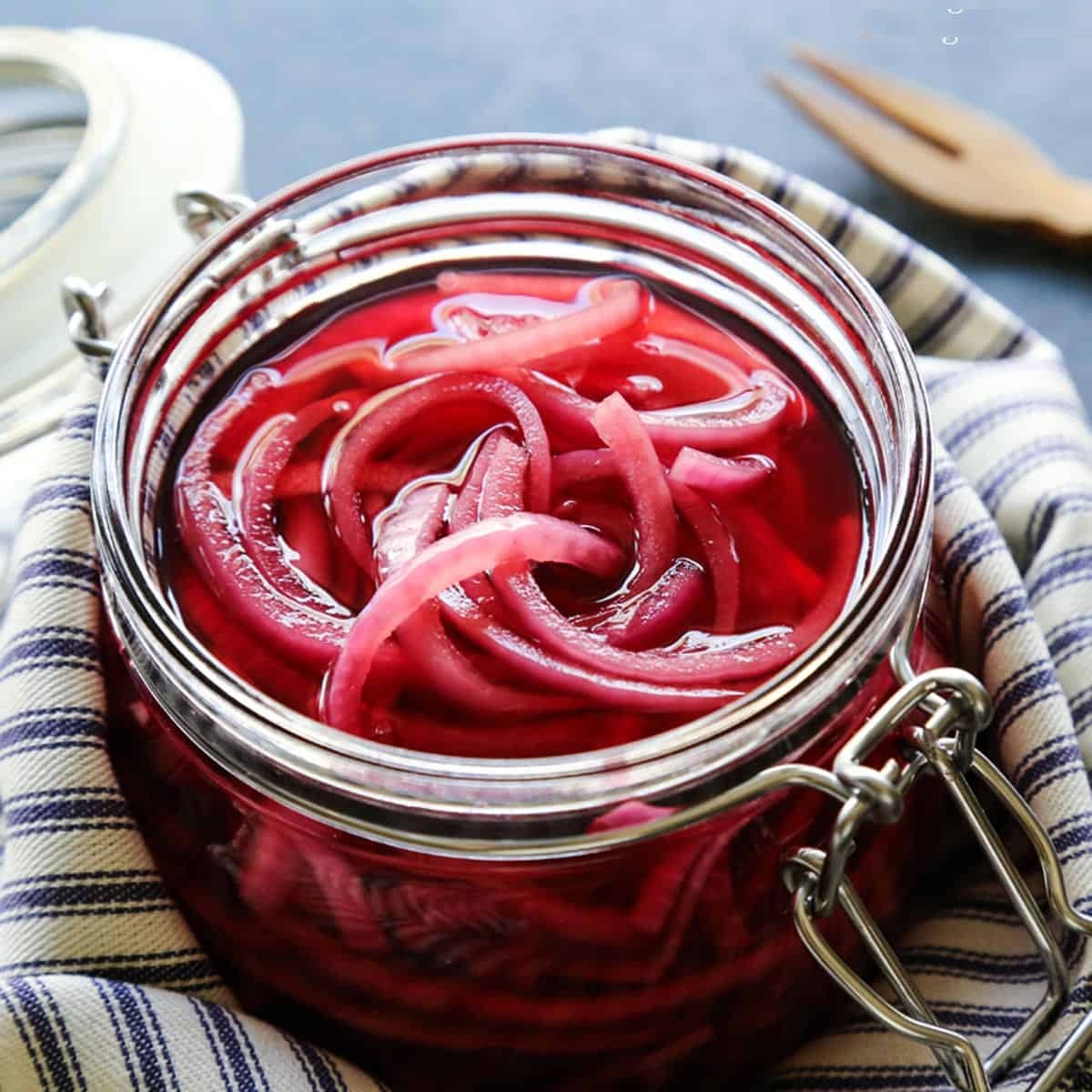
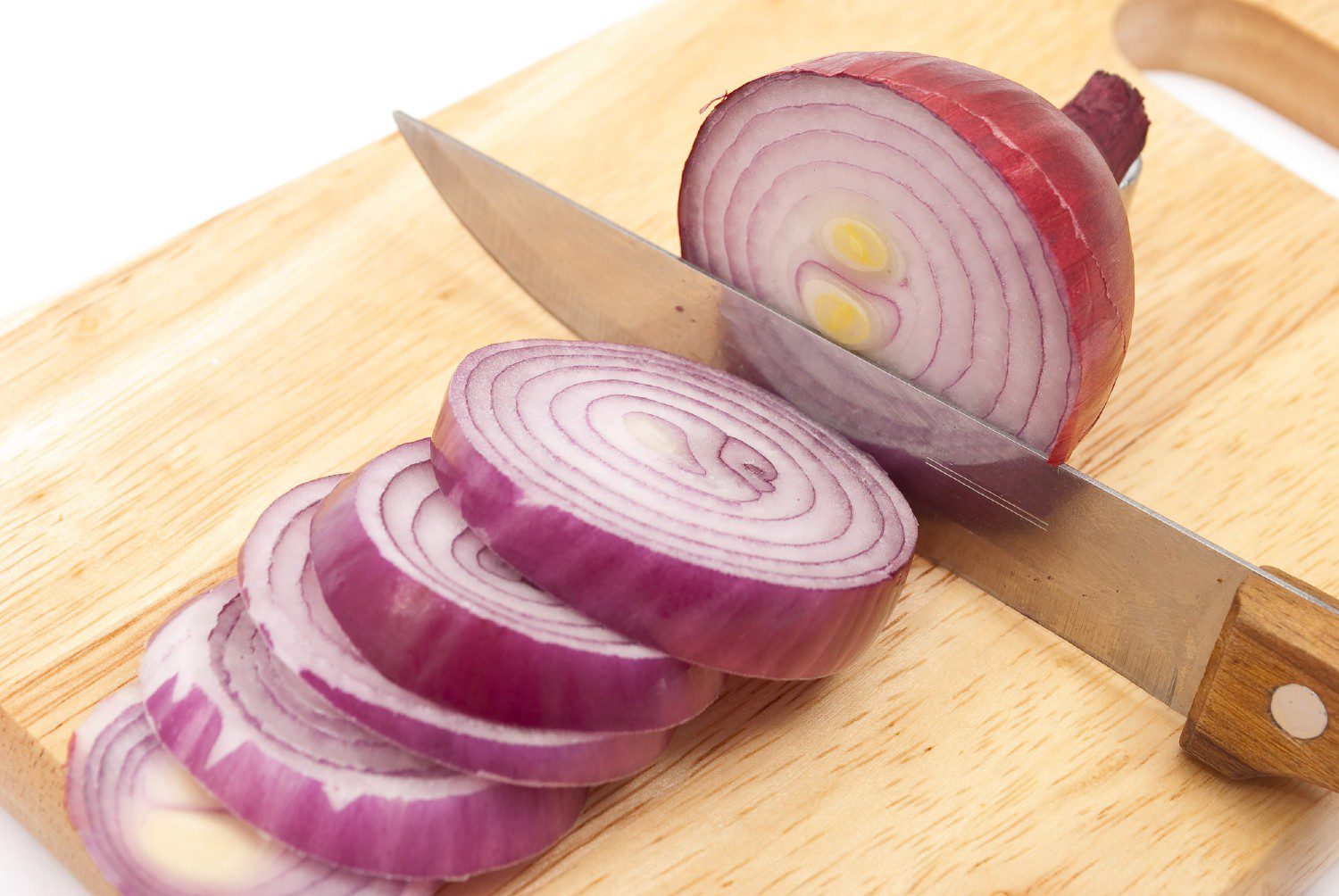
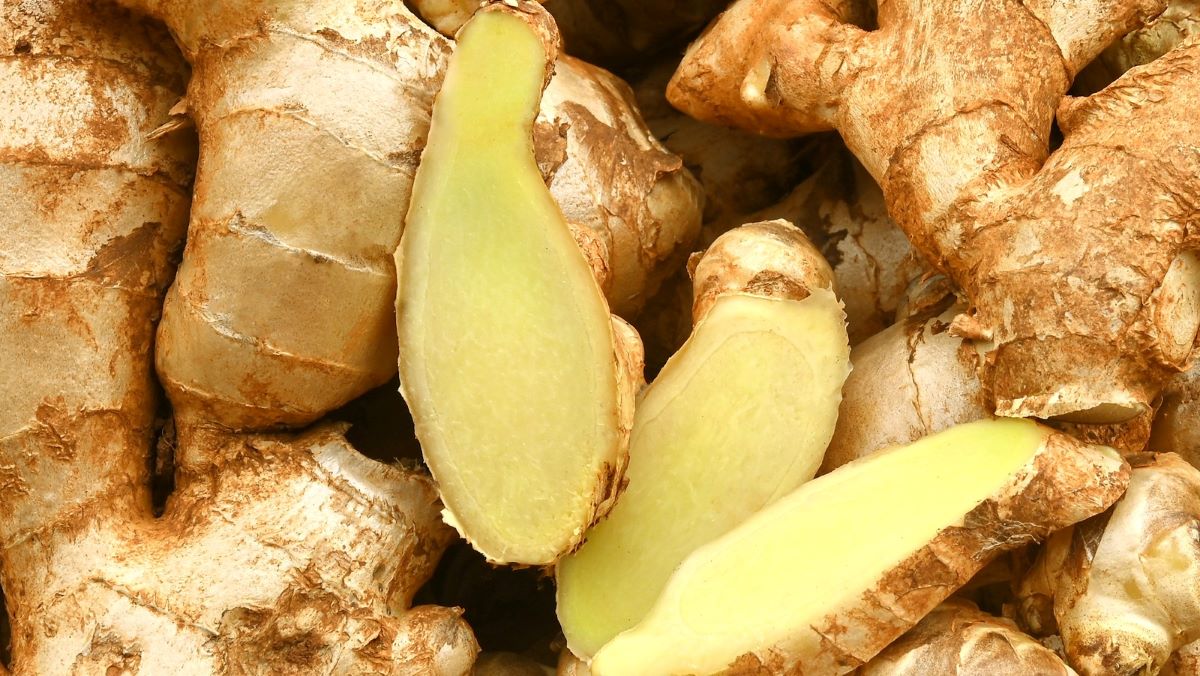
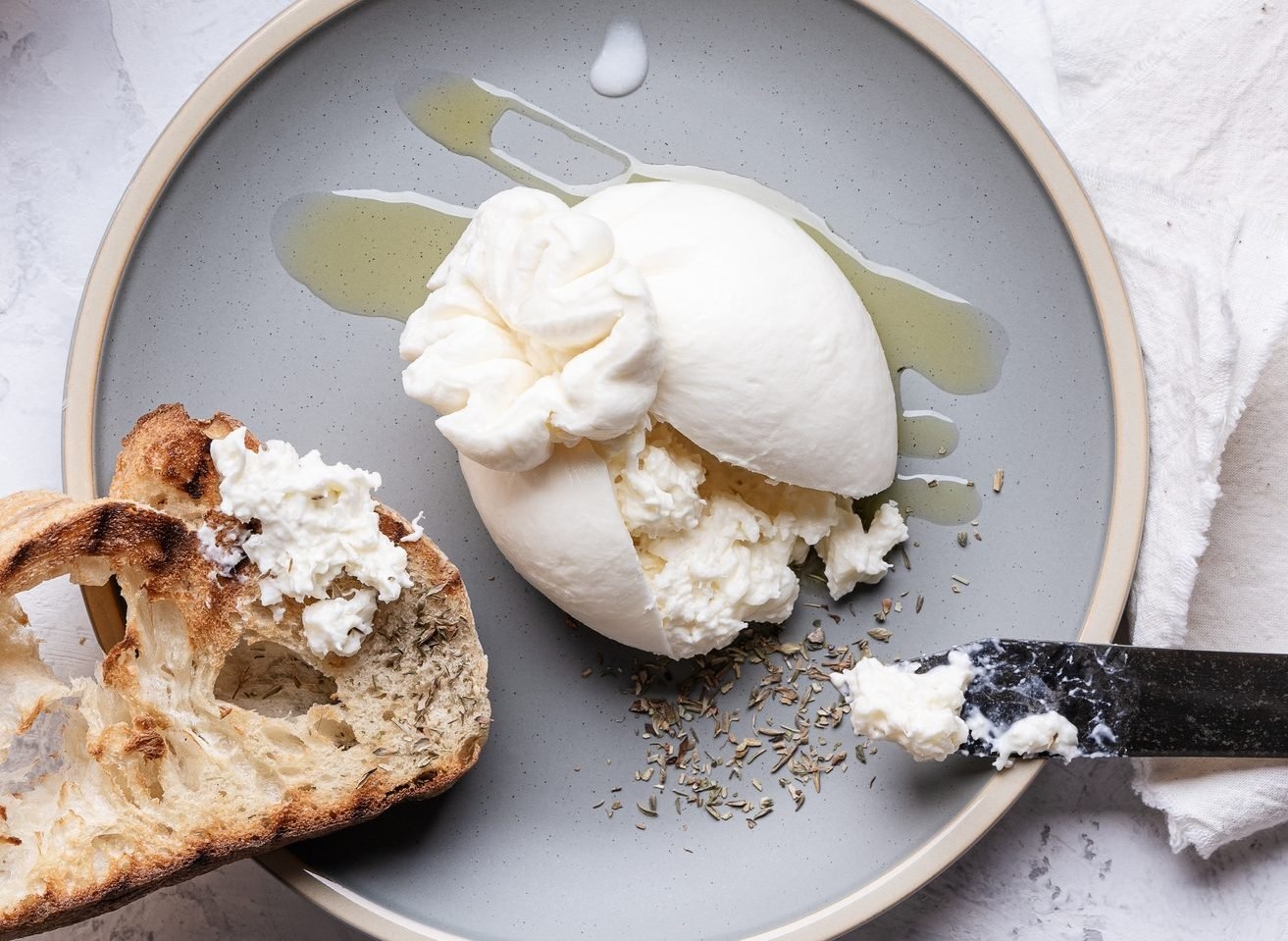
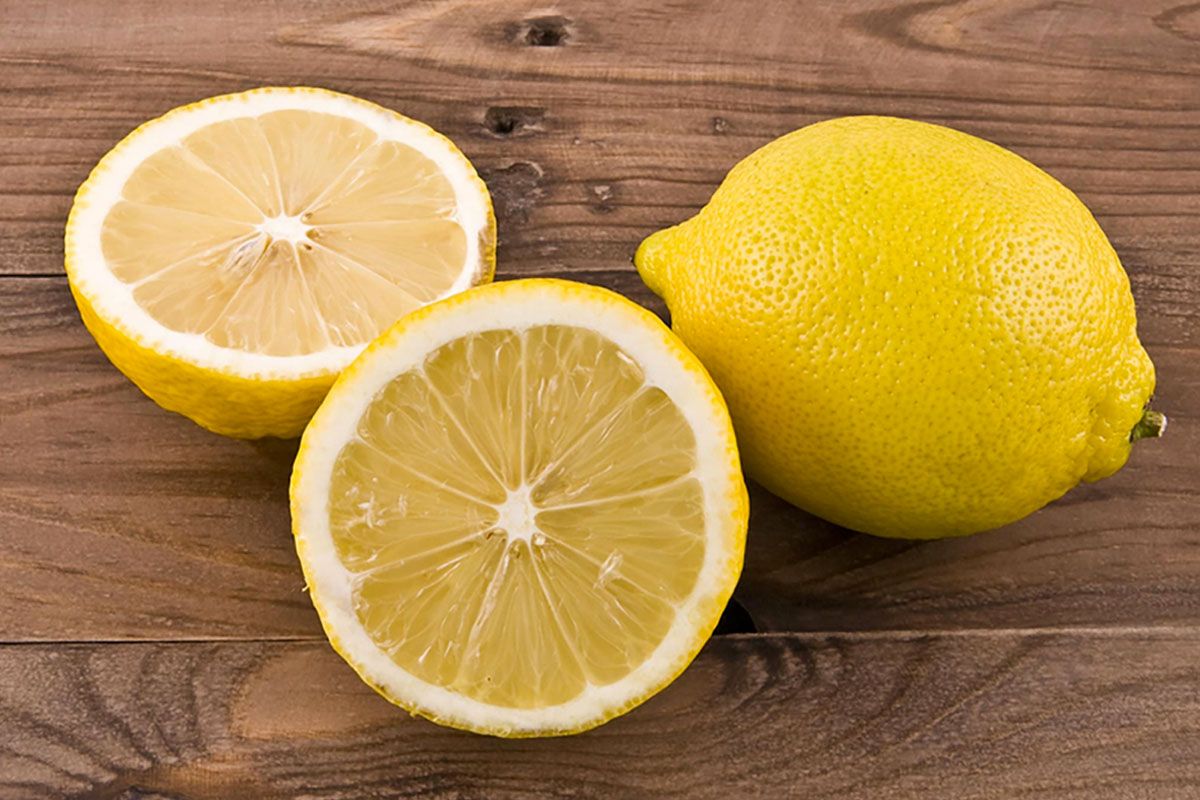


0 thoughts on “How To Store An Onion After Cutting”